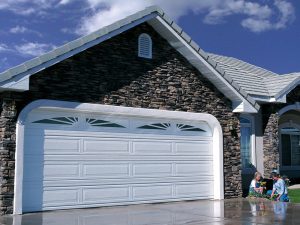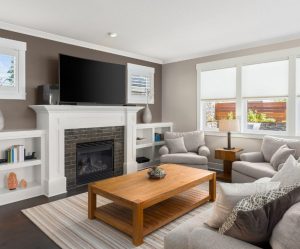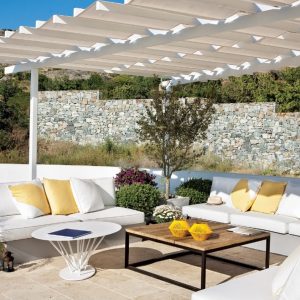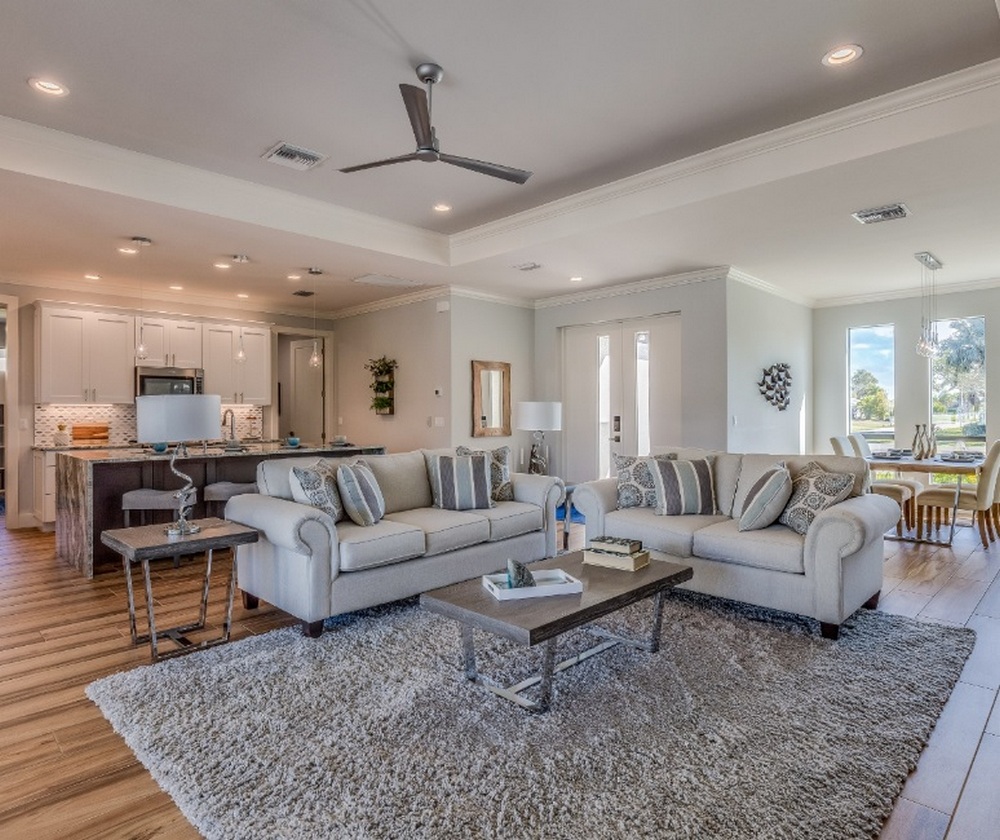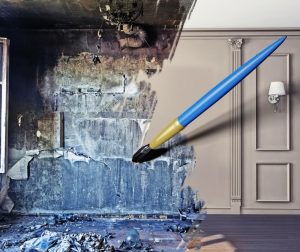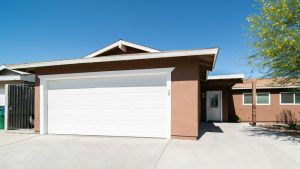Last Updated on October 19, 2023 by teamobn
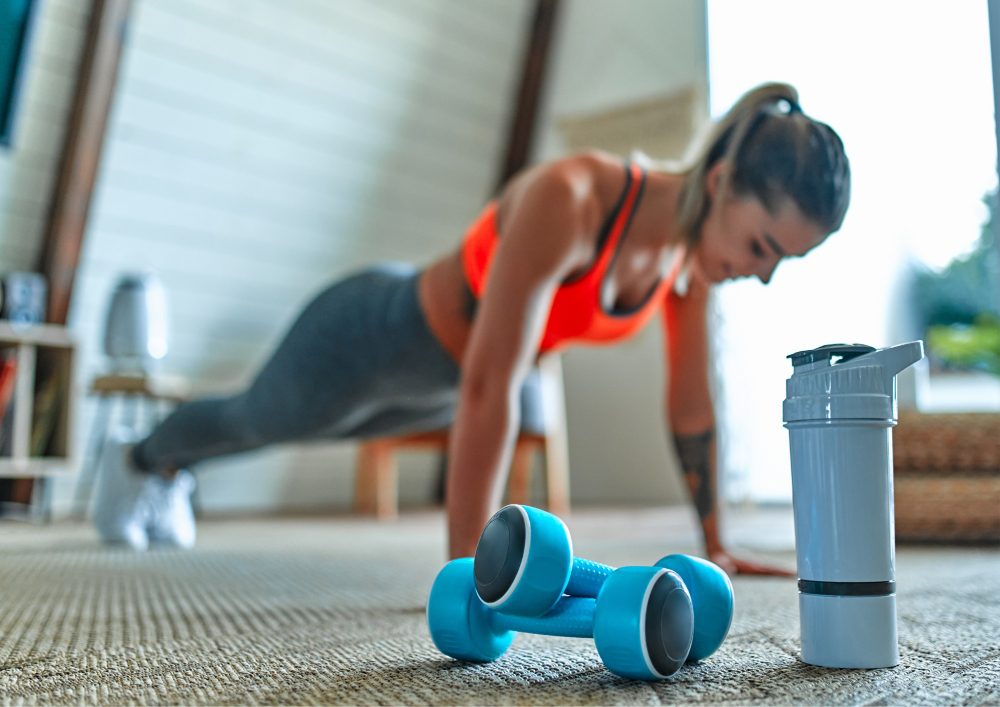
An activity space in your home is always a great project for any DIY builders, which is why the topic of a personal gym always comes up. There are numerous benefits to having a space for workout equipment and activities. The question is, “How do you bring home a gym?”
Team OGN offers an easy-to-read guide on building your home gym. Fitness within your home is just an article away.
Contents
Why a Home Gym
Are personal gyms worth investing your house space, money, and time? We answer those questions with the following reasons:
Save Time
When working at home, your days are long despite not driving or commuting to the office. You start early and sometimes finish late. That leaves little time for anything else. A home gym cuts down on commute time to a public gym. It’s right there in your home. You can use that extra time to sleep or be with family.
Flexibility
Gym hours are only open half a day. Their restrictive schedule may not fit with your unpredictable work hours. But a home gym is open 24/7. You can work out before dawn or late at night. You decide when it’s gym time, not the other way around.
Save Money
Let’s talk numbers. Gym memberships can cost a lot each year. On top of that, there are signup fees and sometimes even cancellation fees. A home gym needs an upfront investment, but that’s it. And since you’re skilled in building, you can even craft some of your gear.
Private Space
Ever waited for a treadmill or a weight bench? It’s annoying. With a home gym, you never wait. You don’t need to clean someone else’s sweat off the equipment. The whole space is yours, so you can focus better on your workout.
No Excuses
Weather is often an excuse to skip the gym. It’s raining, snowing, or just too hot. A home gym solves that problem. It’s right there, no matter what the weather is doing. This helps you stick to a regular exercise routine.
Customization
Since you’re a home builder, you have skills that others don’t. You can make a gym that fits your exact needs. Want a specific type of weight rack? Build it yourself. Do you need a custom pull-up bar? You’ve got it covered. This means your home gym will suit you perfectly.
Family Benefits
Your home gym isn’t just for you. It’s for your family too. Your partner can use it. Your kids can use it. It’s a way to get everyone active and involved in fitness. Plus, it sets a good example for the kids.
Resale Value
Did you know that home features can add value? A well-designed home gym is one of those features. Future buyers might love the idea of a ready-made fitness space. Plus, it’s a living portfolio of your skills in building things well.
Safety
DIY work can be dangerous. Being in shape helps reduce the risk of injuries. In your home gym, you can focus on functional fitness. You can do exercises that make you better at your job. Strengthen your back, improve your balance, and make your job safer.
Mental Health
The job stress piles up. When it does, exercise is a good outlet. A quick workout can clear your mind. It releases endorphins, which are natural mood lifters. It’s your stress relief room.
Planning Your Space
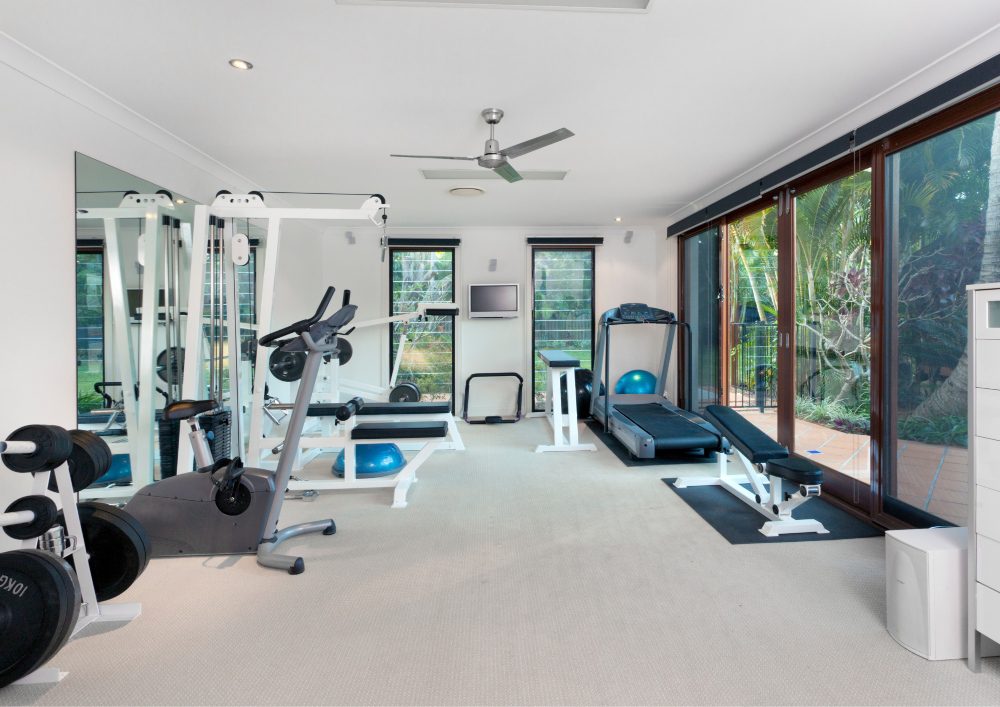
There are plenty of things to consider when building your gym. Below are the factors to account for:
Location, Location, Location
First things first, you need to decide where your gym will be. It could be a garage, a spare room, or even a corner in the basement. Pick a spot that’s easy to get to. Remember, if it’s out of sight, it’s out of mind. You want your gym to be somewhere you’ll go.
Measure Twice, Build Once
This saying is true for home construction and home gyms. Measure your space carefully. Know how much room you have. This helps you pick the right equipment. Too big, and it won’t fit. Too small, and you might not get the workout you want.
Floor It
Think about flooring. Concrete may be tough on your joints, and a carpet holds sweat and odors. Rubber mats are often a good choice. They’re easy to clean and provide good cushioning as someone hands-on; laying down a new floor could be a fun mini-project.
Clear the Way
Clutter is the enemy of a good home gym. Remove anything you don’t need. Storage boxes? Move them elsewhere. Random furniture? It’s time to find a new home. You need space to move around freely. Every square foot counts.
Fresh Air and Bright Lights
Ventilation is key. You’re going to sweat. A lot. Make sure there’s good airflow. A fan can help if there are no windows. Good lighting is also important. Bright lights can make you feel more awake and energetic. You don’t need fancy fixtures. Simple, bright bulbs will do the trick.
Wall Matters
What goes on the walls is up to you. Mirrors are a good option. They let you check your form while working out. You can also add hooks for resistance bands or a wall-mounted pull-up bar. Use your building skills to make these installations sturdy and safe.
Zones Are Good
Think about creating zones in your gym. A space for cardio. A space for weights. Consider a small corner for stretching or yoga. Zones help you keep things organized. They also make your workouts more efficient—no need to move things around all the time.
Sound and Vision
A TV or a sound system can be a good addition. They keep you entertained during your workout. Just make sure they don’t become a distraction. Keep the remote close to change channels or songs without stopping your workout.
Power Up
Remember power outlets. You might need them for a treadmill or a fan. Make sure they’re easily accessible but also safe. You don’t want cords becoming a tripping hazard. As a home builder, you know how to make this work safely.
Safety First
Last but not least, think about safety. A first aid kit is a must. So is a fire extinguisher if you’re in a garage or a basement. Keep a phone close in case of emergencies. And always, always have a water bottle to stay hydrated.
Budget Considerations
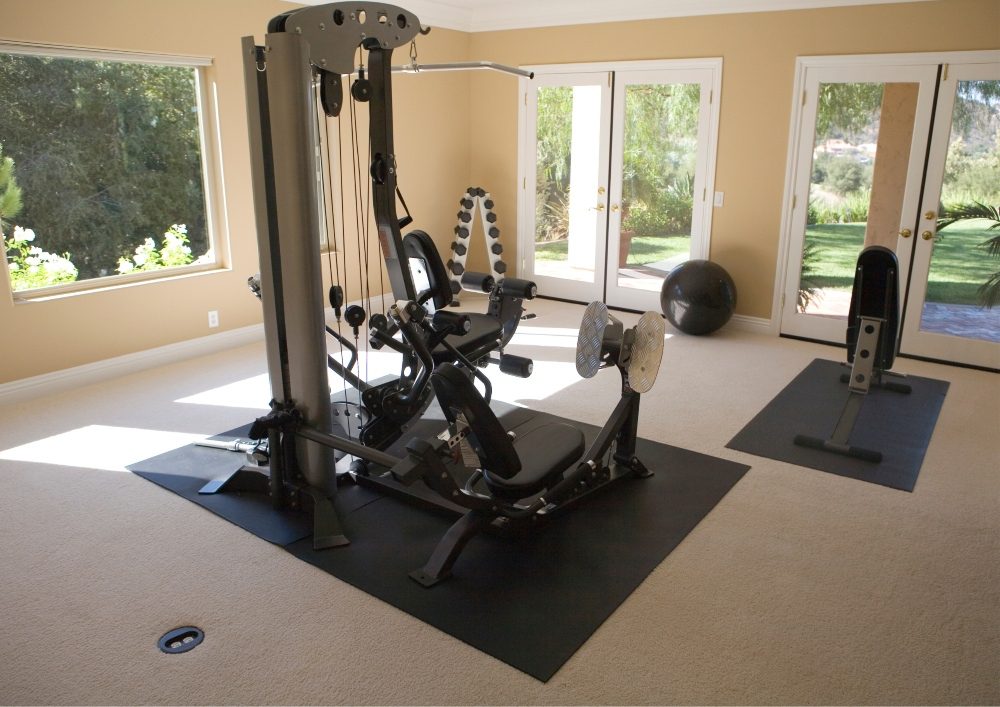
Start With a Plan
Just like building a house, you need a blueprint for your gym. What are your fitness goals? Do you want to bulk up, lean, or stay fit? The answers help you decide what kind of equipment you need. Make a list and stick to it. This will keep you from buying things you don’t need.
The Money Talk
Be honest about what you can spend. This avoids future stress and keeps your project on track. You’re building a home gym, not a commercial gym. It’s easy to go overboard, so always keep that budget in hand.
Do Your Homework
Research is key. Look up prices of new and used equipment. Compare brands. Read reviews. You want quality but within your budget. Remember to factor in costs like delivery or any renovations your space might need.
Second-hand Treasures
Used gear can be a great option. Check local listings, thrift stores, or even garage sales. Just be cautious. Make sure everything is in good working condition. If you’re buying something like weights, the quality only degrades a little over time. But for machines, test them if you can. As a home builder, you have a keen eye for what’s sturdy and what’s not.
Trade or Borrow
Do you have a friend who has weights gathering dust? They could trade for something you’re skilled at, like minor home repairs. Trading or borrowing can be a smart way to get what you need without spending money.
DIY Time
You’re a builder; use that to your advantage. Some gym equipment can be made at home. A plyo box for jumping exercises, for instance, is fairly easy to construct. Even simpler equipment like medicine balls filled with sand can be DIY projects.
Sales and Discounts
Time your purchases right. Holiday sales or clearance events offer good deals. You can save a significant amount. Sign up for newsletters from fitness stores or use apps that track price drops. Every dollar saved is a win.
Lease or Finance
Some stores offer leasing options. If you’re eyeing a pricey piece of equipment, this can make it affordable. Just be cautious. Read the fine print. Make sure the terms are favorable and fit within your budget.
Start Small
You don’t have to buy everything at once. Get the essentials first. Let’s start with a set of dumbbells and a yoga mat. As you get into the habit of working out, you’ll better know what else you need. This approach is easier on your wallet, too.
Hidden Costs
Remember the extras. You might need a special cleaner for your equipment or a few more electrical outlets. Maybe some shelving for better organization. These costs add up. Factor them into your budget so you’re aware of the situation.
Essential Equipment
Finally, we look for the training equipment and objects to create your personal gym:
Bench
A bench is key for weightlifting. You use it for exercises like chest presses. It helps you focus on certain muscles. It also keeps you steady when lifting heavy weights.
For buying, try the bench out if you can. See if it’s comfy and strong enough to hold your weight. Adjustable benches offer more exercise options. Building one yourself could be a good way to save money.
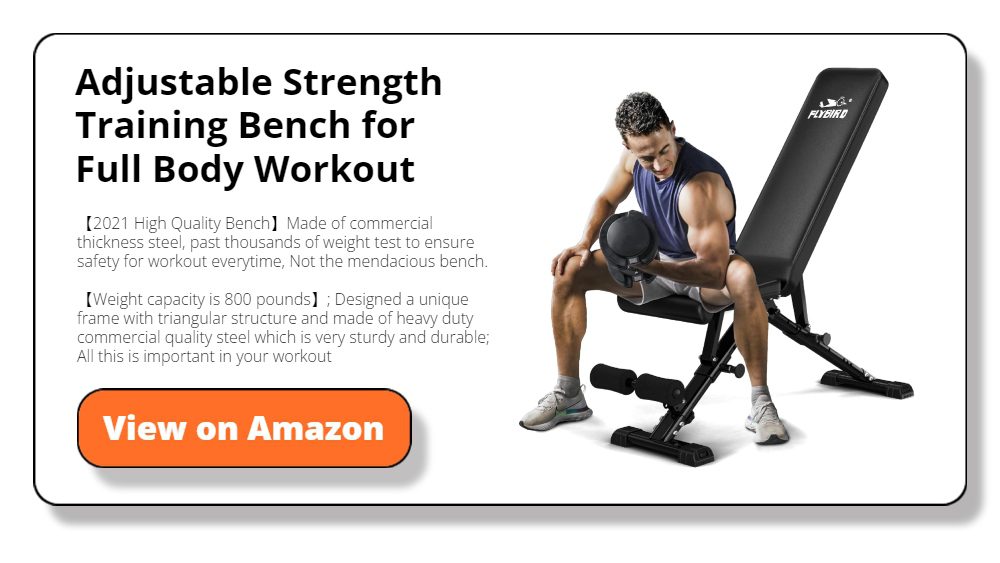
Dumbbell
Dumbbells are small but mighty. They’re weights you can hold in one hand. You can use them for all kinds of exercises. You can do curls for your biceps or lunges for your legs. These are essentially all you need for strength training while on a tight budget.
When shopping, consider the weight you can handle. Check the grip; it should be comfy and not slippery. Adjustable ones save space because you can change the weight on a single dumbbell.
Kettlebell
A kettlebell is a weight with a handle. It’s great for full-body workouts. You can swing it or lift it to work multiple muscles at once. It’s a great way to build power and endurance. Much like dumbbells, these are great strength-training equipment that are not too pricey.
Pick one that you can lift easily at first. The handle should feel smooth. Check the material; it should be durable and long-lasting.
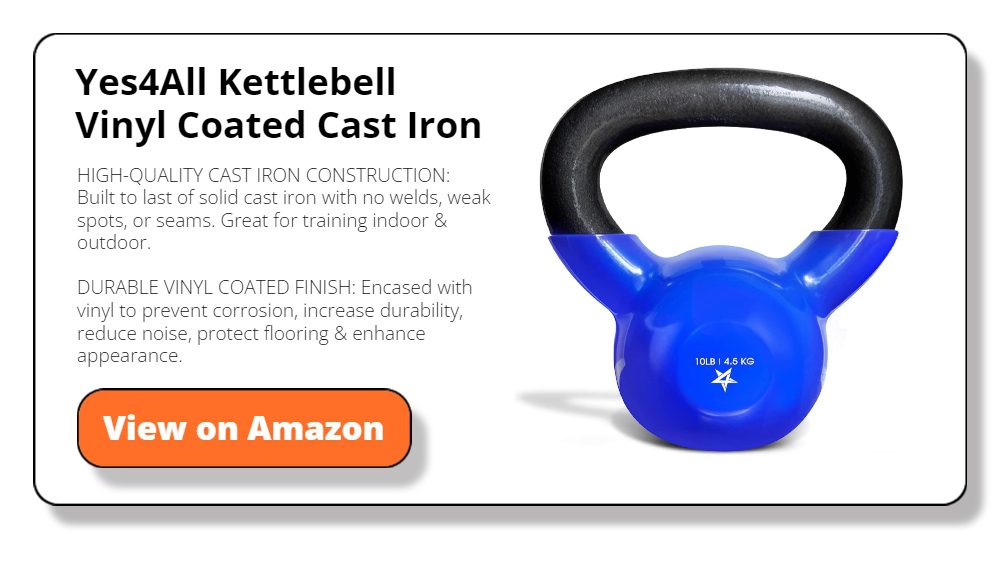
Yoga Mat
A yoga mat isn’t just for yoga. You can use it for stretching, sit-ups, and weight exercises. It’s your cushion against the hard floor.
Look for mats with good thickness for cushioning but not too thick that you lose your balance. Also, it should be easy to clean and roll up for storage.
Resistance Band
Resistance bands offer a level of versatility that’s hard to match. Whether focusing on strength or flexibility, these bands can accommodate you. These are also incredibly compact and can fit any gym locker.
Look for branded resistance bands made from high-grade materials. You want a resistance band you can stretch as much as possible without worrying it will break.
Medicine Ball
A medicine ball is a heavy object you lift or move. This heavy equipment engages your core muscles, making them great for strength training.
Consider the weight and texture of the medicine ball. You want something you can grip but also move around easily during exercise.
Foam Roller
Foam rollers make it easy for you to do workouts, stretching, or yoga that involve the floor. This equipment gives you a soft cushion for your muscles. The rollers also help you move your body to make certain workouts easy.
When buying, look for varying densities. Your tolerance for self-myofascial release will increase, so opt for one that can meet your changing needs.
Treadmill
If you’re looking to sustain your cardio regimen year-round, a compact treadmill is invaluable. It provides a controlled environment for your runs.
Treadmills are the last thing to consider for your gym simply because of their size. Since we are talking about home gyms, look for compact treadmills you can fold and store when not in use.
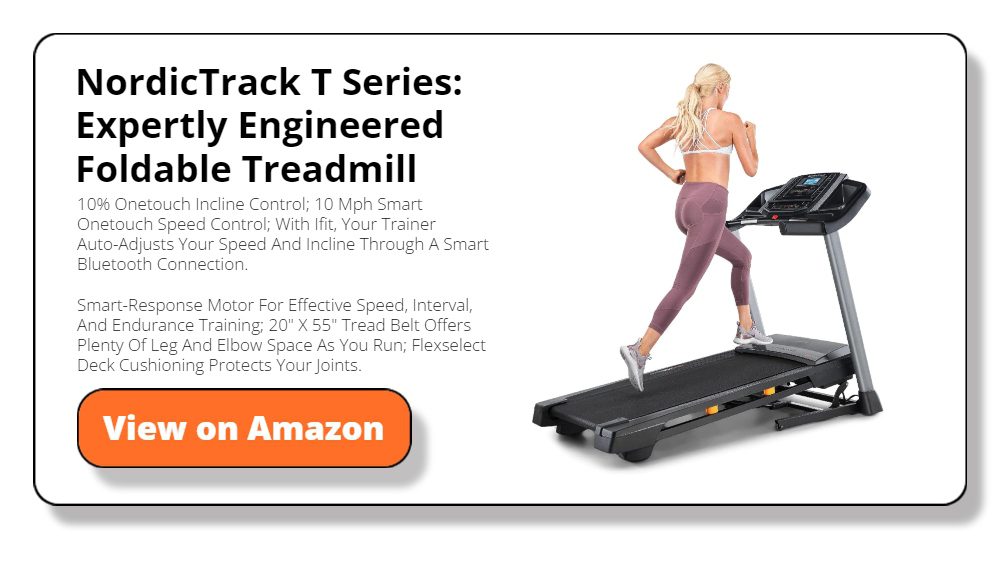
Weight Plates With Barbell
If your home gym is more than just maximizing space or you are serious about toning your body, you need a solid barbell with a set of weight plates. This gym equipment lets you do bench presses, squats, and other serious strength training.
Look for a barbell with a secure grip and easy-to-load and unload plates. Consider looking for rubber plates that are easy to grip and easy on your floor.
Power Rack
This equipment lets you place heavy barbells at an elevated position. Doing so allows you to perform squats, bench presses, and shoulder presses easily by ending the workout with the barbell going back to its elevated position. Without a rack, you are forced to put down the barbell, which adds strain to your muscles.
Power racks are a piece of premium equipment due to their size and costs. Only consider shopping for one if you also buy barbells with weight plates.
Space Considerations
Apart from equipment, below are other factors to think about for your home gym:
Floors
Standard home flooring isn’t designed for heavy gym equipment or for you to drop a dumbbell accidentally. Consider laying down rubber mats or interlocking foam tiles. These offer protection for both the floor and your equipment. Plus, a good mat can offer much-needed cushioning for your joints during high-impact workouts.
Lighting
Lighting is another factor that often gets overlooked. Natural light is ideal; it’s invigorating and helps keep your energy up. Choose bright, cool-white LED lights if natural light isn’t an option. Poor lighting can be demotivating, and it’s unsafe, especially when handling weights.
Storage
You’ll need a place for those resistance bands, dumbbells, and medicine balls. Open shelving works well for easy access, but closed storage may be safer if you’ve got small kids or pets. Consider your daily routine: you want to minimize the steps between you and your workout.
Conclusion
You need not sacrifice a guest room or thousands of dollars for your home gym. Even with a tight budget, you can bring home the gym where you have control over your workout time and gym equipment.

